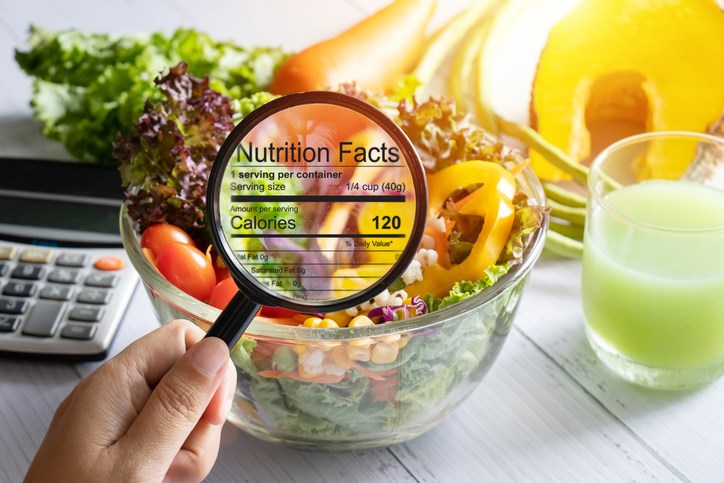It looks like we will see different symbols on food packaging soon, telling us whether a food product at the grocery store has too much fat, sugar or sodium.
Health Canada is likely going forward with a policy requiring front-of-package nutrition symbols on foods high in saturated fat, and sodium. It will provide clear, easy-to-read labels.
But one part of Health Canada’s plan is a head-scratcher.
The threshold that Health Canada intends to apply is quite simple. For prepared or and those intended solely for children one to four years of age, it’s 15 per cent of daily values (DV). This means that if a product’s serving exceeds 15 per cent of the maximum daily allowance for saturated fat, sugar or sodium, a label will be prominently placed on the package for consumers to see right away. For prepackaged meals and dishes, the threshold is 30 per cent.
The policy appears to make sense. It’s hard to argue against more clarity, more transparency and, as a result, better consumer health.
But things get murky when we start looking at the list of exemptions. Many products will be exempt from this policy. For example, products at a farmers’ market, products not sold directly to consumers, non-processed raw single-ingredient meat and fish products, all dairy products, and eggs. The list includes technical, practical and health-related exemptions, with 16 categories in total.
What’s surprising is that ground beef and pork aren’t exempt. This means that, in a few months, ground beef and pork, two unprocessed, natural and affordable animal protein sources that many consumers eat daily, will be labelled as having too much saturated fat. Meanwhile, , which arguably contain at least as much saturated fat, are exempt.
Some sources believe the incredibly powerful provided enough evidence and scientific data to Health Canada to suggest that saturated fats found in dairy products are different, and healthier. That may be the case, but Health Canada certainly has some explaining to do, considering how it butchered dairy products with the latest food guide, released a few years ago.
The lack of consistency is mind-blowing.
Beef and pork do exceed thresholds set by Health Canada – when products are raw, not cooked. However, few people will eat these products raw. When cooked, saturated fat levels are normally below the Health Canada threshold.
What’s critical here is protein affordability. While retail prices for beef and pork specialty cuts have skyrocketed in recent years, ground beef and pork have been relatively affordable. Almost 50 per cent of beef consumed in Canada is ground beef. Still, Health Canada intends to slap warning labels on these products consumed by more than 90 per cent of Canadians just as our food inflation rate hits about 10 per cent.
Discriminating against these two products despite other exemptions is likely driven by elitist nutritional ideologies fostered by some out-of-touch bureaucrats. It often feels as though the federal government wants to save consumers from themselves. Such a theoretical narrative might go over well in Ottawa, but not so much at the average Canadian kitchen table.
The beef and pork industries are not only important to our economy, they are also part of many Canadian traditions and are embedded in our culinary DNA. As we try to figure out how to lead healthier lifestyles, warning Canadians that these unprocessed food staples are now dangerous to their health doesn’t make sense. Dietary recommendations, like most things, should be applied in moderation.
Canada will become one of the first countries in the world to have a front-of-package policy targeting single-ingredient products. Many other countries with this type of labelling haven’t required single-ingredient products to have warning labels.
At the core of the policy is the intent to help consumers make better, healthier choices at the grocery store, particularly when processed foods are involved. Requiring ground beef and pork to be labelled suggests that the spirit of the policy got lost despite the several meetings Health Canada had with stakeholders.
Health Canada is purposefully aiming at two very important food staples that Canadians have been consuming for centuries. It makes no sense. These products need to be exempt from new front-of-package labelling rules.
Dr. Sylvain Charlebois is senior director of the agri-food analytics lab and a professor in food distribution and policy at Dalhousie University.
©




